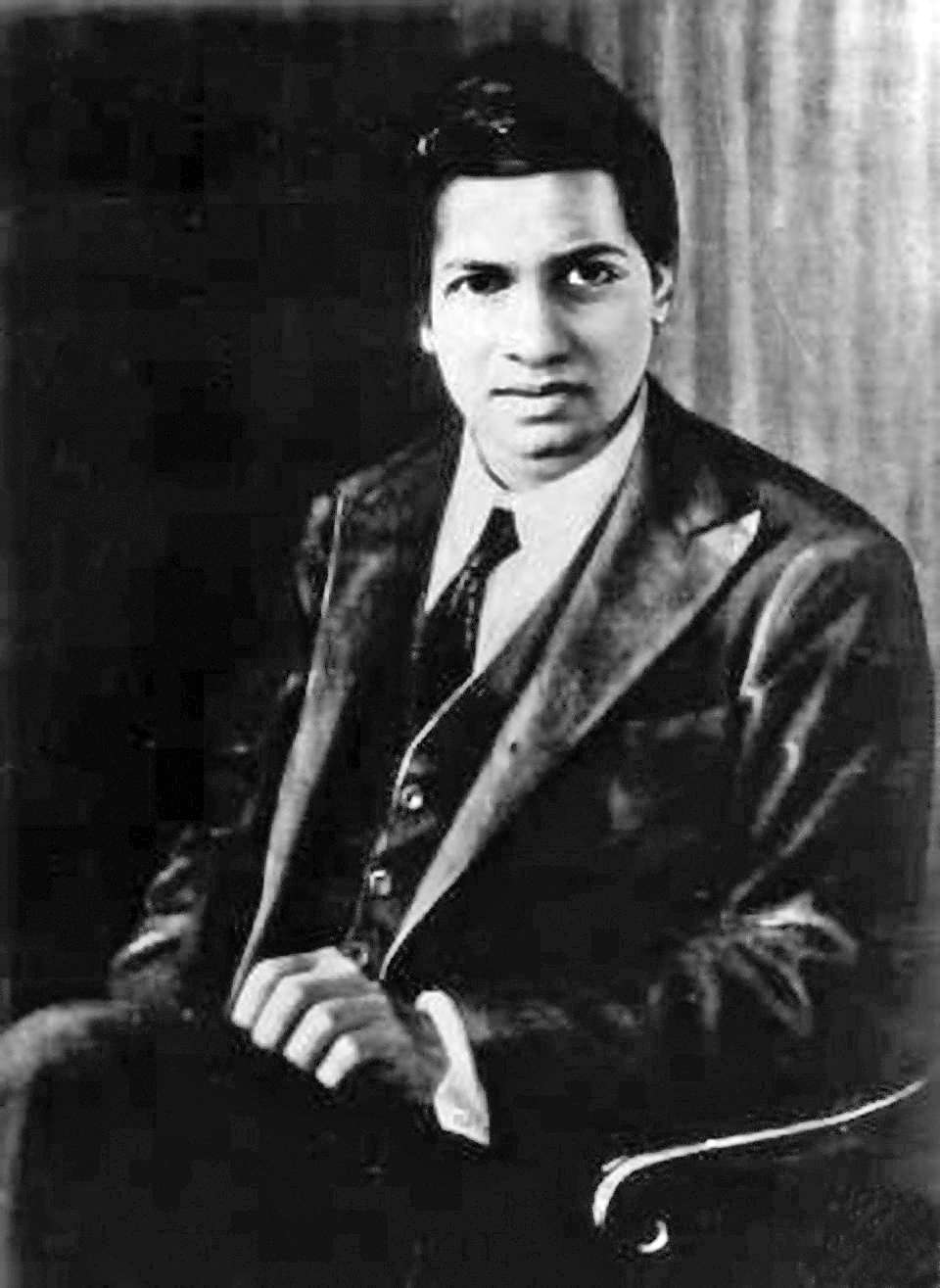
India has given numerous legendary mathematicians and unique concepts of mathematics to the entire world. Even the first recorded history of the practice of number zero recently discovered to be made as early as the third or fourth century, happened in India. Mathematics in India has a rich history, going back over 3000 years and thrived for centuries before similar advances were made in Europe, with its influence meanwhile spreading to China and the Middle East. Along with the concept of zero, Indian mathematicians made significant contributions to the study of trigonometry, algebra, decimal system, arithmetic, and negative numbers among other areas, and perhaps most significantly, the partition of numbers, which was created by Srinivasa Ramanujan. He was a legendary mathematician of India, and even today we celebrate his glory as National Mathematics Day, on his birthday. Ramanujan was born on 22 December 1887 during the British Rule in India. He had no formal training in factual mathematics, however, he made extensive contributions in the world of mathematics.
During Ramanujan's short life span, he was known as the man who knew infinity. He independently expanded nearly 3900 results of mathematical identities and equations; many were entirely modern. His actual and highly unconventional results, such as the Ramanujan Prime, the Ramanujan Theta Function, the Partition Formulae and Mock Theta Functions, opened whole new areas of practice and improved a huge amount of further research. Almost all the claims of Ramanujan have now been proven correct. However, this powerful mathematician's many theorems on the prime numbers were proven wrong, but Ramanujan didn't give up and in England, he made further advances, particularly in the partition of numbers. Ramanujan also worked out the Riemann series, the hypergeometric series, the elliptic integrals and his theory of divergent series.
The intelligent minds and those playing in mathematical science would similarly know Ramanujan for the Hardy-Ramanujan number. The Hardy-Ramanujan number is titled after a story of the British mathematician G. H. Hardy who had moved to visit Srinivasa Ramanujan in the hospital. The story is a significant part of Ramanujan's biography ‘The Man Who Knew Infinity’ by Robert Knaigel. Mr Hardy joked that he came in a taxi with the number ‘1729’ which looked like a moderately common number. But Ramanujan said that it was not. 1729, the Hardy-Ramanujan Number, is the least number which can be conveyed as the sum of two distinct cubes in two distinct ways. While the Hardy-Ramanujan number is not his greatest combination, it is a fascinating discovery that is easiest to remember among all of his mathematical findings.
Srinivas Ramanujan was a deeply religious person, and he dedicated his significant mathematical abilities to divinity and believed that the mathematical knowledge he displayed was revealed to him by his family goddess Namagiri Thayar. He was so religious that he once said, “An equation for me has no meaning unless it expresses a thought of God”. Several mathematical papers of Srinivasa Ramanujan were published in 1918 and he was elected to the Royal Society of London. He was one of the youngest fellows of the Royal Society and only the second Indian member, and he was also the first Indian to be elected a Fellow of Trinity College, Cambridge. After reading Ramanujan's original papers, G.H. Hardy stated that a single paper was enough to show that it could have been written only by a mathematician of the highest calibre, comparing Ramanujan to mathematical geniuses such as Euler and Jacobi.
The Ramanujan Journal, a scientific journal was established to publish work in all areas of mathematics, and his notebooks, containing summaries of his published and unpublished results, have been studied for decades since his demise. In 1917, Ramanujan had contracted Tuberculosis, but his condition improved enough for him to return to India in 1919 from England. However, he died in 1920 at the age of 32. His last letters to Hardy, written in January 1920, indicate that he was yet proceeding with new mathematical concepts and theorems. Ramanujan's ‘Lost Notebook’, containing findings from the last year of his life, resulted in great excitement among mathematicians when it was rediscovered in 1976. Mathematical creations of Srinivasa Ramanujan remained largely unsuspected until nearly a century after his death. And as late as 2011 and again in 2012, researchers continued to discover that his writings about ‘simple properties' and ‘similar outputs' were greatly overlooked. The then Prime Minister Manmohan Singh declared 2012 to be a National Mathematics Year in India in honour of Srinivas Ramanujan. Srinivas Ramanujan's achievements are somewhat larger than life and thus National Mathematics Day is celebrated on 22nd December every year to mark the birth anniversary of this legendary mathematician and his grand contributions in mathematics.
This year, India is celebrating the 133rd Birth Anniversary of Srinivasa Ramanujan. This legend had a prosperity of concepts that have modified and reshaped the mathematics of the 20th century. And even now, his ideas proceed to improve mathematics of the 21st century. The main objective behind the celebration of National Mathematics Day is to make people attentive towards the evolution of mathematics and the great contributions of Indian mathematicians like Srinivasa Ramanujan in the concepts of mathematics.
__________________________________
Reference:
- www.wikipedia.com
- www.britannica.com
- www.mathshistory.st-andrews.ac.uk
- www.usna.edu
